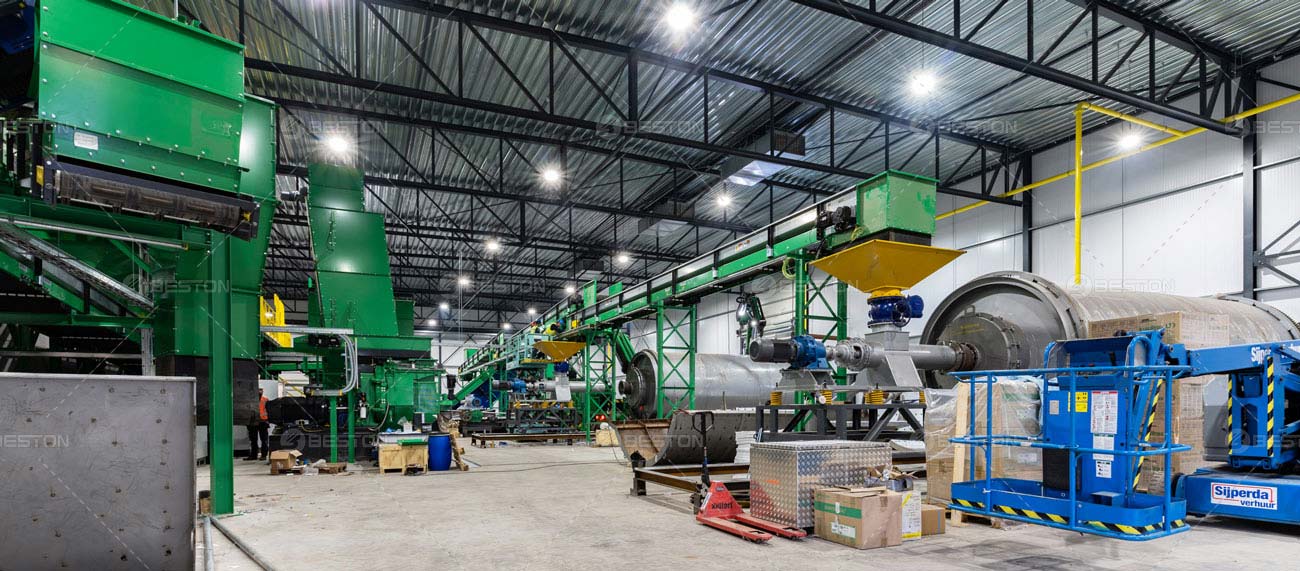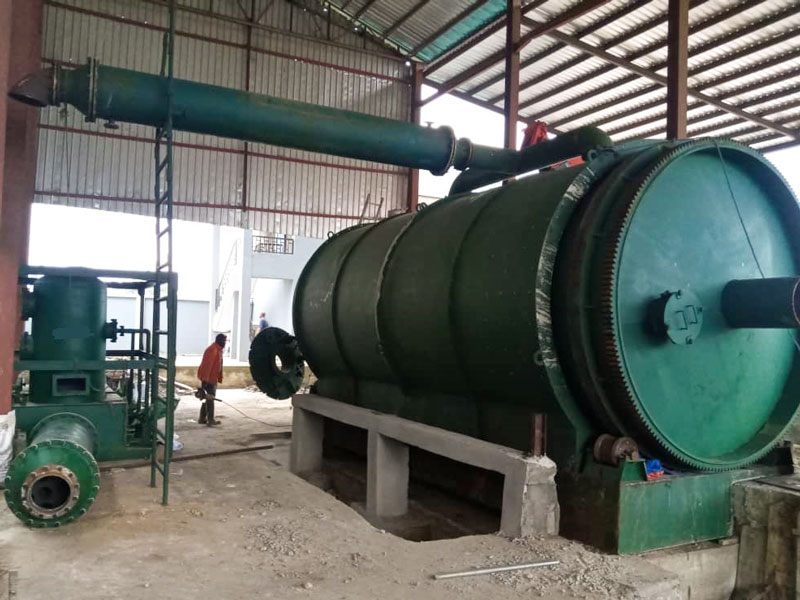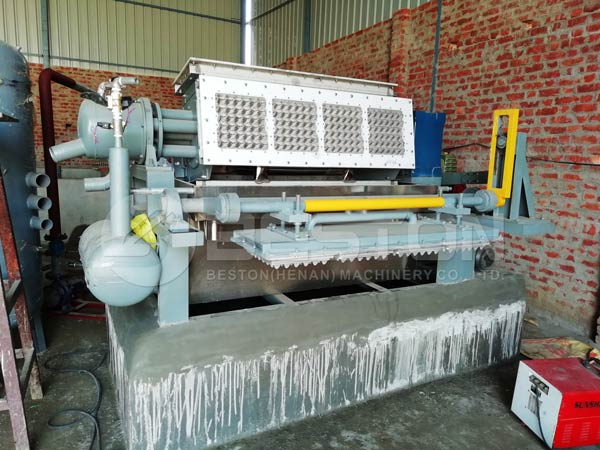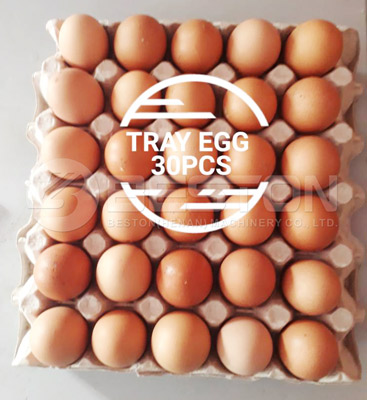When it comes to innovative solutions in waste management, Beston Group stands out as a beacon of ingenuity. Their cutting-edge pyrolysis machines are a testament to their commitment to environmental sustainability and technological advancement. The company’s product series is ingeniously categorized into batch pyrolysis plant, semi continuous pyrolysis plant, and continuous pyrolysis plant types. Each category is designed with unique features and capabilities, catering to different operational needs and capacities.
Batch Pyrolysis Plant: The Classic Workhorse
The batch pyrolysis plant is the epitome of simplicity and reliability. It is ideal for small to medium-scale operations. This type of plant operates in discrete batches, meaning the raw materials are processed in separate, individual lots. Once a batch is completed, the system is cooled down, the carbon black and pyrolysis oil are collected, and then the process begins anew with a fresh batch of raw materials.
This type of plant is particularly advantageous for operators who have varying quantities of waste to process. The batch system allows for flexibility in operation and maintenance, making it easier to manage without the need for continuous supervision. Its straightforward design also means it is typically less expensive to purchase and maintain, providing a cost-effective solution for many businesses.
Semi Continuous Pyrolysis Plant: The Balanced Performer
For those seeking a balance between efficiency and operational flexibility, the semi continuous pyrolysis plant is an excellent choice. This plant type bridges the gap between batch and continuous systems, offering a semi-automated process. While it still processes waste in batches, it does so in a more streamlined and less labor-intensive manner compared to the fully manual batch pyrolysis plant.
The semi continuous design allows for a higher throughput of materials, enhancing productivity without the need for constant manual intervention. This system involves an automated feeding mechanism that continuously feeds raw materials into the reactor, albeit in batches. This setup reduces downtime between batches, resulting in a more efficient and smoother operation.

Continuous Pyrolysis Plant: The Industrial Powerhouse
For large-scale operations requiring constant and high-volume processing, the continuous pyrolysis plant is the ultimate solution. This sophisticated system is designed for nonstop operation, capable of processing large amounts of waste materials around the clock.
The continuous plant operates on a conveyor system that constantly feeds raw materials into the reactor. This automation significantly reduces the need for manual labor, allowing for a seamless and efficient pyrolysis process. The continuous feeding and discharging system ensures that the plant operates with maximum efficiency, minimizing downtime and maximizing output.
One of the most significant advantages of the continuous pyrolysis plant is its scalability. It is ideal for industrial operations where large volumes of waste need to be processed consistently. The continuous nature of the plant also means that it can handle a steady supply of waste, making it suitable for municipalities or large corporations that produce a constant stream of waste materials.

Key Features and Benefits
Each type of pyrolysis plant offered by Beston Group comes with a host of benefits tailored to meet specific operational needs. The batch pyrolysis plant offers simplicity and cost-effectiveness, making it perfect for businesses just starting with pyrolysis technology or those with limited waste to process.
The semi continuous pyrolysis plant provides a middle ground, combining the flexibility of batch processing with the increased efficiency of continuous systems. This makes it suitable for businesses looking to scale up their operations without a significant leap in complexity or cost.
The continuous pyrolysis plant stands out for its ability to handle large volumes of waste with minimal downtime, making it ideal for large-scale industrial applications. Its high degree of automation and efficiency can significantly reduce labor costs and increase overall productivity.
In summary, Beston Group’s division of their pyrolysis machine product series into batch pyrolysis plant, semi continuous pyrolysis plant, and continuous pyrolysis plant types demonstrates their commitment to providing flexible, efficient, and sustainable solutions for waste management. Each type of plant is meticulously designed to meet specific needs, ensuring that businesses of all sizes can benefit from their innovative technology.

